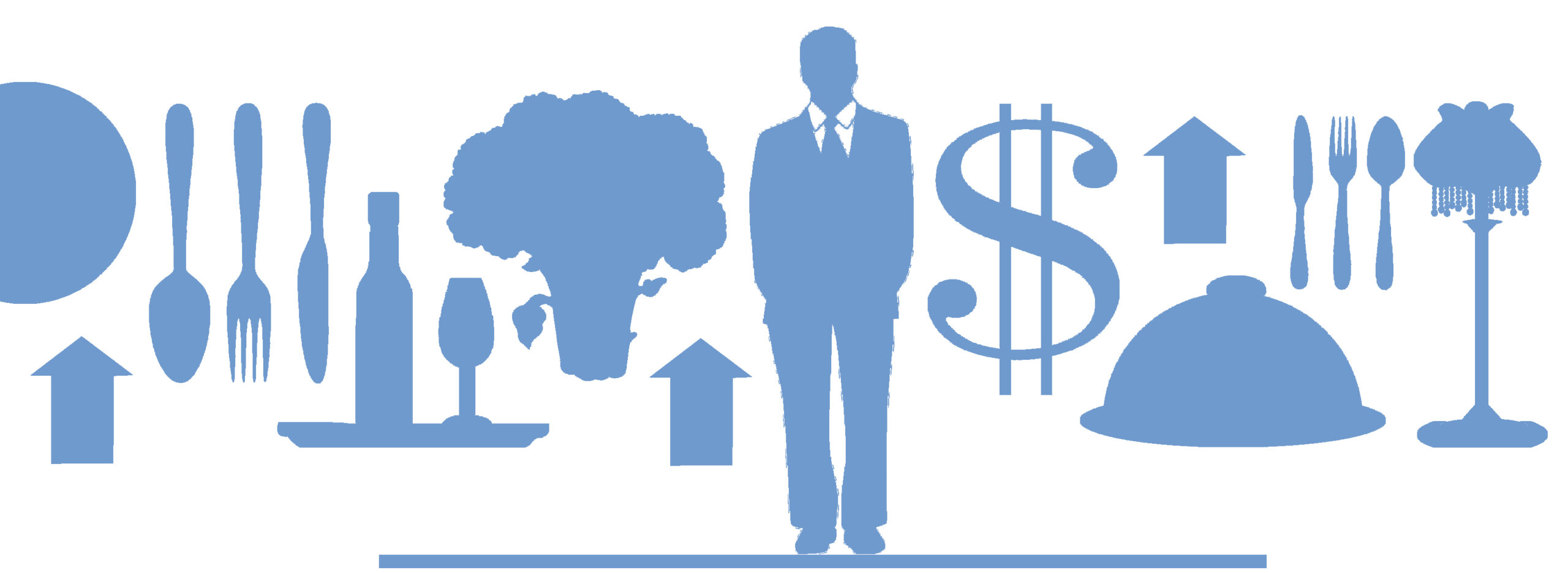I know this may make me sound like the eternal optimist, but I do believe that there are some good opportunities for the restaurant industry during these difficult times. I’ll outline a few things that I think you should be considering, and any other thoughts that you, as readers have, please share them. We have to look at what good could come out of this situation.
1. CAPEX: I still believe the funding is available for capital improvements, particularly in the leasing area, so it might be the time to do some needed CAPEX in your restaurants, including things that may require closing the restaurant, such as leasehold improvements or some major changes to the décor or the kitchen. Certainly, you’ll have available workers to do this so you might even receive a reduced price or get terms from contractors just to keep their people working. These kinds of activities are not terribly people-intensive, so you shouldn’t have worries about large crowds gathering.
2. Discussion with Landlords: The first place to look if sales are declining or your restaurant is closed is your landlord, although landlords will have liquidity issues, too. For instance, the bank board I’m involved with has discussed making liquidity loans to real estate owners. Collateral is still good in the long-term, but landlords may have liquidity needs and should ask their banks for interest-only type obligations. That being said, landlords certainly have to deal with the adjustment for their retail tenants and particularly restaurants, and how they have to grapple with their survival. I would go to my landlord(s) immediately and recommend either a deferral of rent, a total abatement of rent or an adjustment where you go strictly to percentage rent. You could probably look at this in three-month increments and have discussions at the end of the three months. The most important thing is to lower your fixed costs, so lowering the base is key. You may need to provide a lease extension, but I think in these times, it’s probably just a straight negotiation to survive.
3. Banks: Banks are obviously concerned about the situation. It’s important to review your covenants, particularly covenants as to liquidity and fixed-charge coverages and possibly debt-to-equity ratios if you’re going to incur losses for 2020. But it is important to get on top of this and either get an immediate waiver for at least the second quarter and possibly the whole year. Also, I would be looking at the rates. Rates have come down and you can look at overall rates, going to interest-only for a period of time and possibly a lower interest rate at least for the next quarter. Also, look at the bank’s ability to do appropriate cash management. That may be as simple as allowing you to float negative balances in your operating accounts for a period of time without charges. You may also look at purchasing swaps on your loans, since the interest rates are so low. Also, look to your bank for liquidity needs. Besides the cash management side, check into increasing your lines of credit and possibly a different line of credit that comes due in six months, rather than the normal annual renewals. Finally, on the cash management side, stop all ACHs because that is one thing you can do to control cash.
4. Vendors: Your vendors are key and are probably the first person you should try to keep current because they have the same issues. At the same time, we have to face the reality that if you still want to keep your restaurants open or if they’re closed, you won’t be ordering any goods, so look at additional terms, particularly for the credit that you have with them now. Possibly move that credit for another 30 or 60 days out and ask for some kind of fixed payment each period vs. direct payment for the items shipped.
5. Employees: This is really the key group to take care of. Your hourly employees are going to be cut back substantially and the exempt or salaried employees may be looking at having to take pay cuts, as their workloads increase. It would be better for you to deal with employees on a temporary pay cut vs. dealing with terminating them. I have talked to many restaurant owners who say they are going to take this opportunity to make changes they should have made previously, such as cut back, particularly on exempt employees. I think this is the wrong message and if those were the decisions you should have made, now is not the time to make them. Cut back or ask people to take a furlough, but don’t necessarily terminate someone because you failed to do it in the past. Wait until this crisis is over and give them some time to get on their feet and then move ahead. If you’re in dire shape, this may be an altruistic approach, but for the long-term health of your restaurant company, this is the best approach.
The restaurant industry has always been tight. It’s time for us now, more than ever, to pull together and make this crisis be our collective effort to take care of each other. That may mean providing meals for displaced workers, or helping out with sharing labor, possibly helping out with shortage of food, but the main thing is sharing ideas, compassion and conversation.
Good luck to all, we’ll make it through this time. And please share any ideas or comments.
From the May 2020 issue of Foodservice News
Author
-

Co-founder and chairman of Monroe Moxness Berg PA, Dennis is a pioneer in corporate financing with a broad network of finance contacts and clients. He assists businesses, from emerging companies to multi-national firms, by providing creative ideas, identifying unique financing sources, and developing the financial tools necessary for their growth and development.
